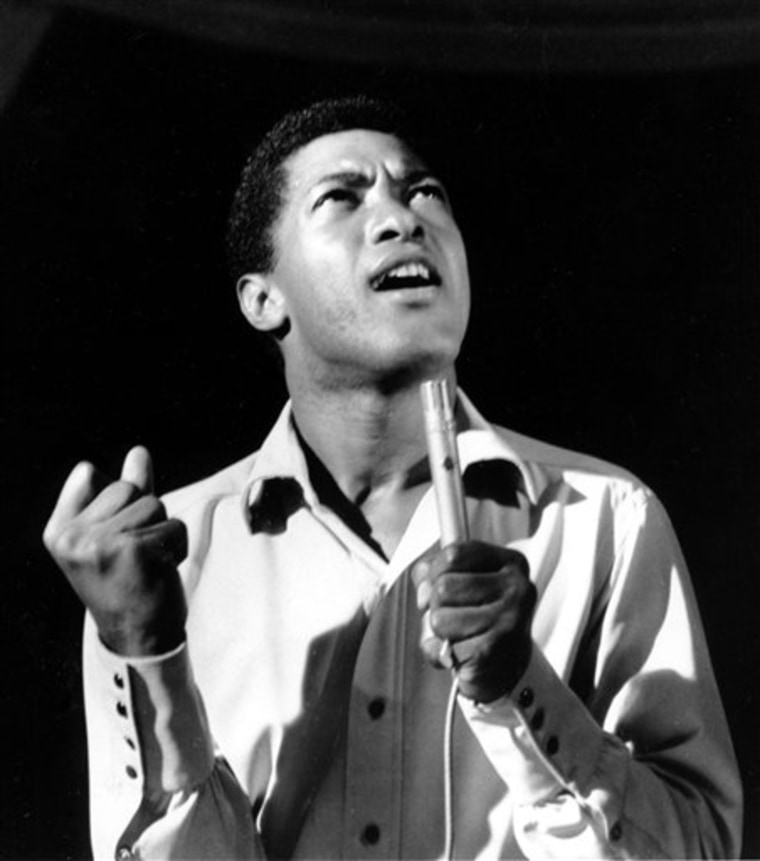The Copacabana, the famed nightclub that entertained the smart set with a young Frank Sinatra in the ’40s and was the inspiration for Barry Manilow’s signature song in the ’70s is looking for a new home again.
Its third incarnation, on a commercial block on West 34th Street, has been condemned by the city to make way for an extension of a subway line. Owner John Juliano doesn’t have a lease signed yet on a new location, but he has until July 1 before he has to be out.
“We aren’t closing,” he said. “It’s hurting our business, all this talk of us closing. I mean, maybe we have to renovate a new space. That may take some time, but we’re coming back.”
The Copa has endured change before. Since it first opened in 1941 on the fashionable East Side, it has morphed from the glitziest nightspot in town to disco on the West Side, the scene of Manilow’s 1978 song “Copacabana,” and now to a catering business and thumping hip-hop and salsa club.
“When it first opened it was the most famous nightclub in the world,” Juliano said.
The club opened on East 60th Street at a time when the Great Depression was over, there was money to spend and people were itching to have a good time.
“The times were hot,” said Kristin Baggelaar, author of the nonfiction book “The Copacabana.” “It was a highly charged atmosphere, almost like the roaring ’20s.”
Well-heeled New Yorkers were entertained by the most famous acts of the era, including Sinatra, Dean Martin, Jimmy Durante and Sid Caesar.
And then there were the Copa Girls, a troupe of leggy, fresh-faced dancers. Joan Collins and Raquel Welch got their start in the troupe.
In the ’50s and ’60s the club brought in rock acts and tried to roll with the times, but the club’s popularity waned as home television sets became the favorite source of entertainment

Attendance declined over the years and then owner Jules Podell died in 1972. The club sat vacant for several years until Juliano, Peter Dorn and Ron Hollick took it over in 1976, reopening it as a disco.
Its popularity was boosted in 1978 with “The Copacabana” by Manilow and Bruce Sussman — “the hottest spot north of Havana” where “music and passion were always in fashion.”
Juliano said he filled the place with famous names like Bette Midler, Robin Williams, Red Foxx, Peter Allen and Sammy Davis Jr.
The club was used in the filming of “Raging Bull,” “Goodfellas” and “Tootsie,” which starred Dustin Hoffman as a cross-dresser.
“Dustin Hoffman was sitting in my office with me one day. His feet were killing him because he had heels on. He was just dying,” Juliano said. “We laughed, and I said ’Oh Dustin, you’d never make a good Copa Girl.”’
In the early 1990s, the club moved from 60th Street to West 57th Street, then about a decade later it reopened on West 34th Street.
The current location has three floors and a 15-piece orchestra that plays mostly salsa music on the weekends on the main floor, and a hip-hop club downstairs.
“You have to remember, when the Copa was so huge, those were the days before Las Vegas and before television, when you had to go to a nightclub if you wanted entertainment,” he said. “Now, there’s too many outlets.”